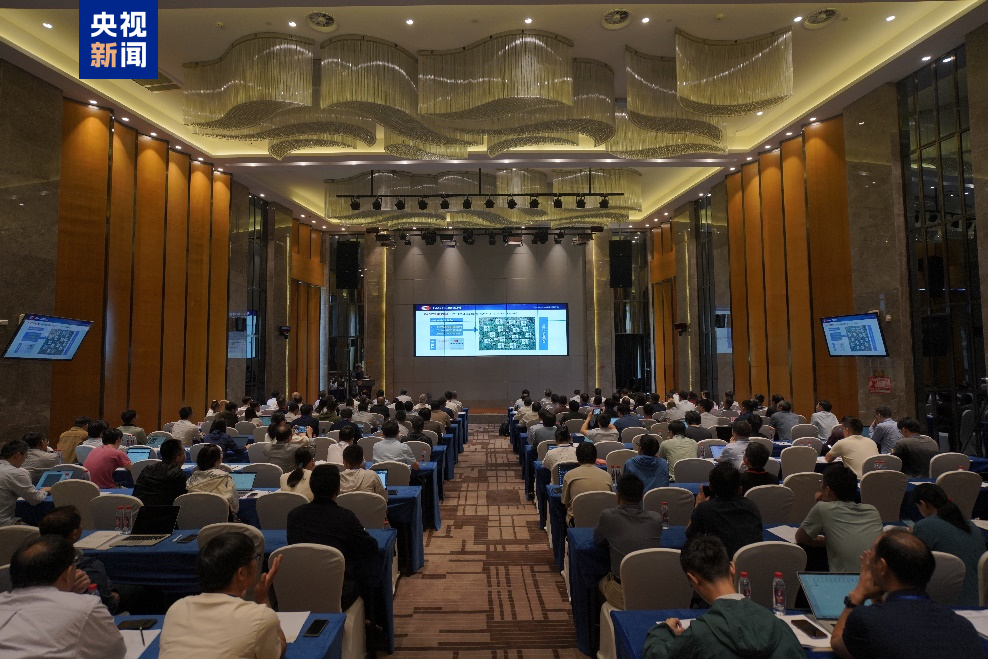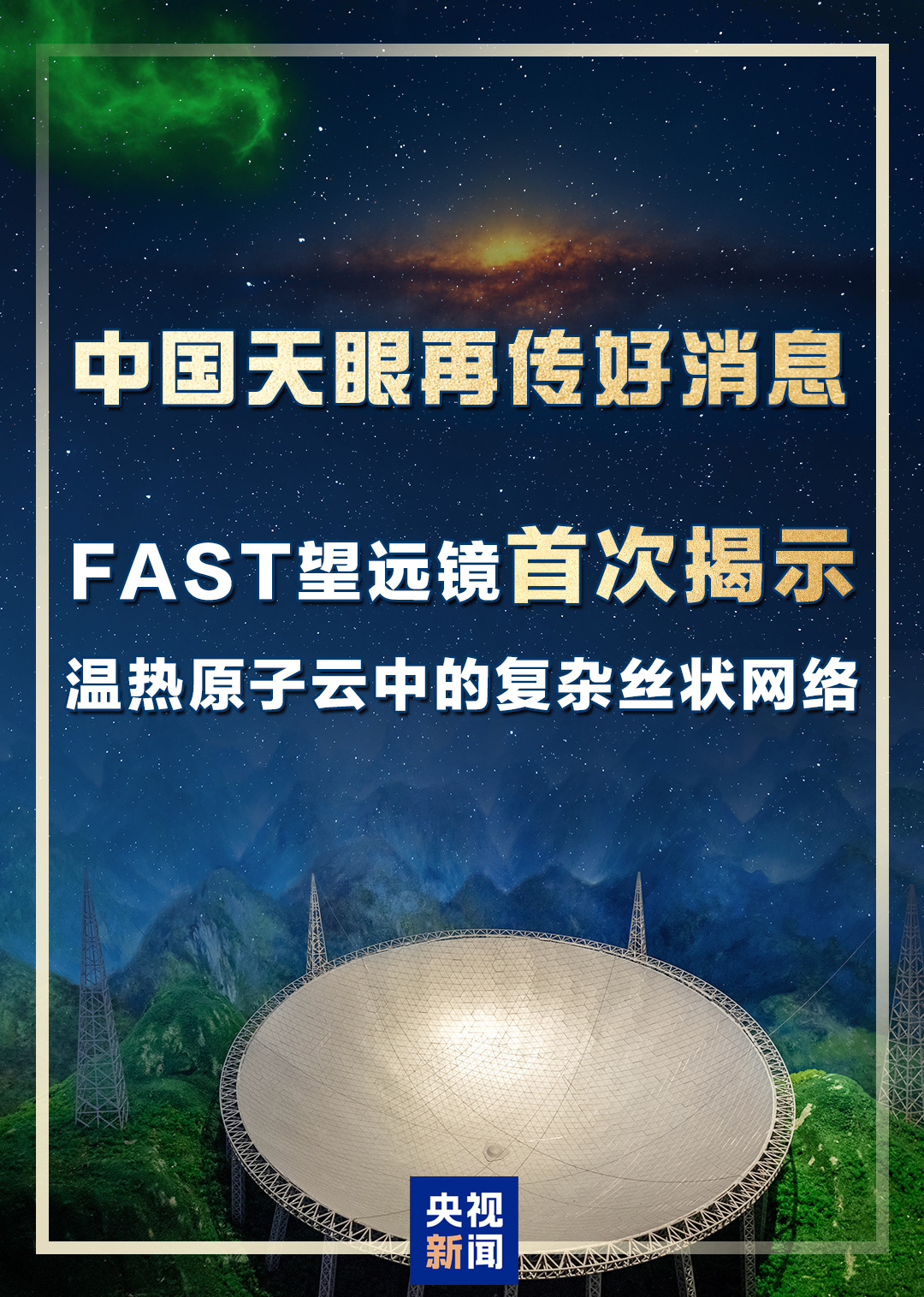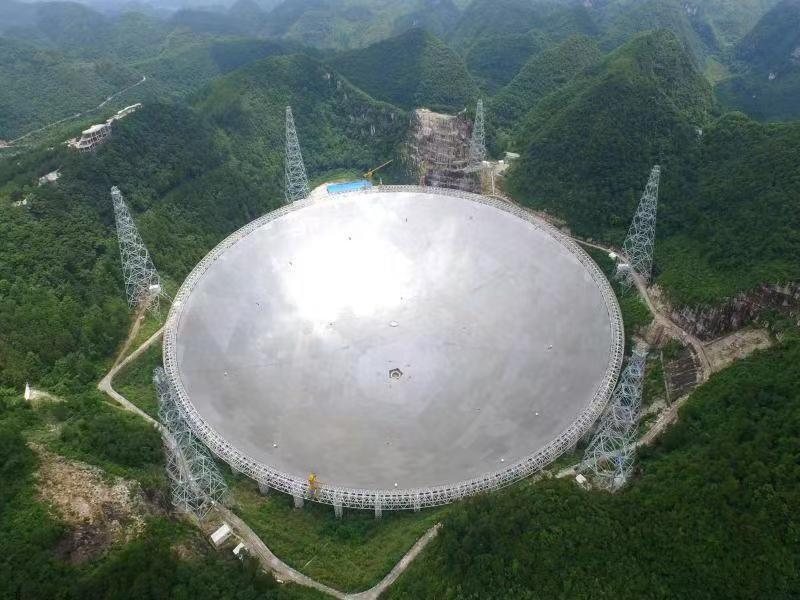

On the eighth anniversary of the completion of the world's largest single-dish spherical radio telescope, FAST, the construction of the core array experimental prototype has officially begun today, which is expected to significantly enhance the astronomical observation capabilities of the FAST telescope.
In order to further improve the scientific observation capabilities of FAST and maintain its leading edge, the research team proposed a low-cost, quickly implementable radio telescope array plan. This plan takes full advantage of the excellent electromagnetic environment within a 5-kilometer radius of FAST, involving the construction of 24 fully movable 40-meter diameter radio telescopes to form a comprehensive aperture array with FAST, referred to as the FAST core array.

Jiang Peng, Deputy Director of the National Astronomical Observatory of the Chinese Academy of Sciences and Director of the FAST Operation and Development Center, explained that while building a 40-meter diameter radio telescope is not particularly difficult compared to a 500-meter diameter spherical telescope, achieving network observation effects that match the large-diameter FAST poses two key technical challenges. The first is the development of a high-performance room temperature receiver, which the team has never utilized before; the second is the data processing technology required for an integrated aperture, particularly the data processing technology needed for combining telescopes of different diameters, for which there is currently no mature experience available domestically—both necessitate significant technological breakthroughs.
The FAST core array will effectively enhance observational resolution and imaging capabilities

△Illustration of the FAST core array
The Chinese Sky Eye FAST is the world's largest and most sensitive single-dish radio telescope, with comprehensive performance at the leading international level. Since it began operations, FAST has achieved multiple significant original results in fields such as pulsars, fast radio bursts, and nanohertz gravitational waves.
According to Zhu Weiwei, researcher and chief scientist at the FAST Operation and Development Center of the Chinese Academy of Sciences, FAST’s sensitivity is an order of magnitude higher than that of existing hundred-meter diameter radio telescopes. However, its resolution is considerably lower compared to top international array telescopes. The ability to resolve is related to the size of the aperture; by adding auxiliary telescopes around FAST, it effectively transforms it into a much larger telescope. Within this large telescope, however, only a few small areas actually contain mirrors, which allows it to possess excellent resolving capability and to significantly elevate the already high sensitivity of the telescope, enabling spatial resolution and imaging abilities.
It is understood that the FAST core array will effectively enhance its resolution, precise positioning, and detailed imaging capabilities, vastly expanding its existing scientific research areas—especially playing a significant role in gravitational wave events, fast radio bursts, gamma-ray bursts, supernovae, and black hole tidal disruption events. Beyond astrophysical research, the FAST core array can also contribute to near-Earth object warning systems, deep space satellite communications, and other deep space exploration fields, providing essential strategic support for China's aerospace domain.


